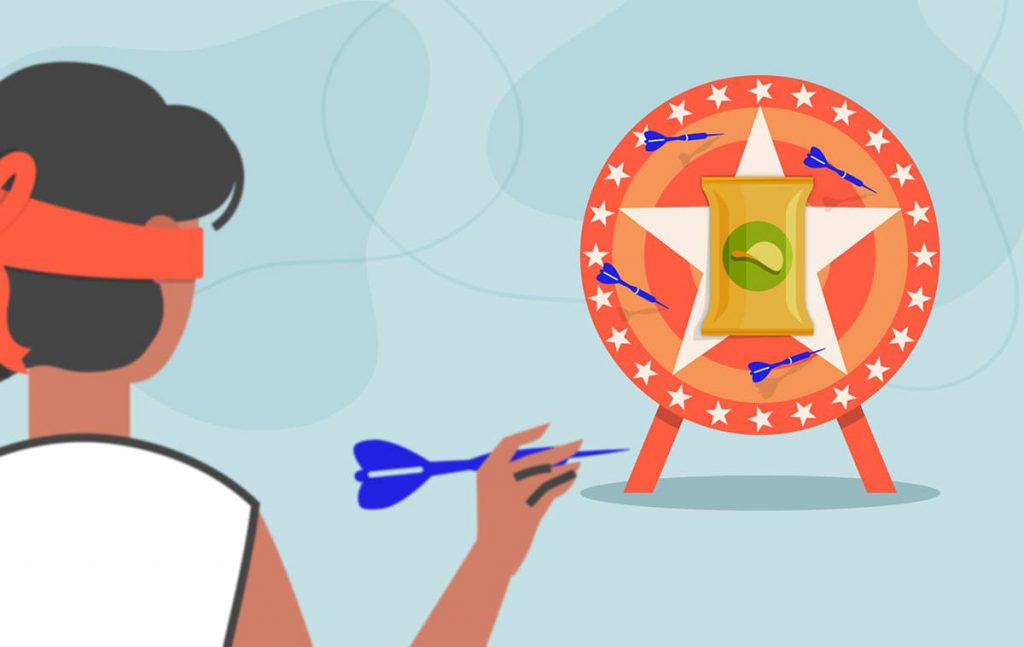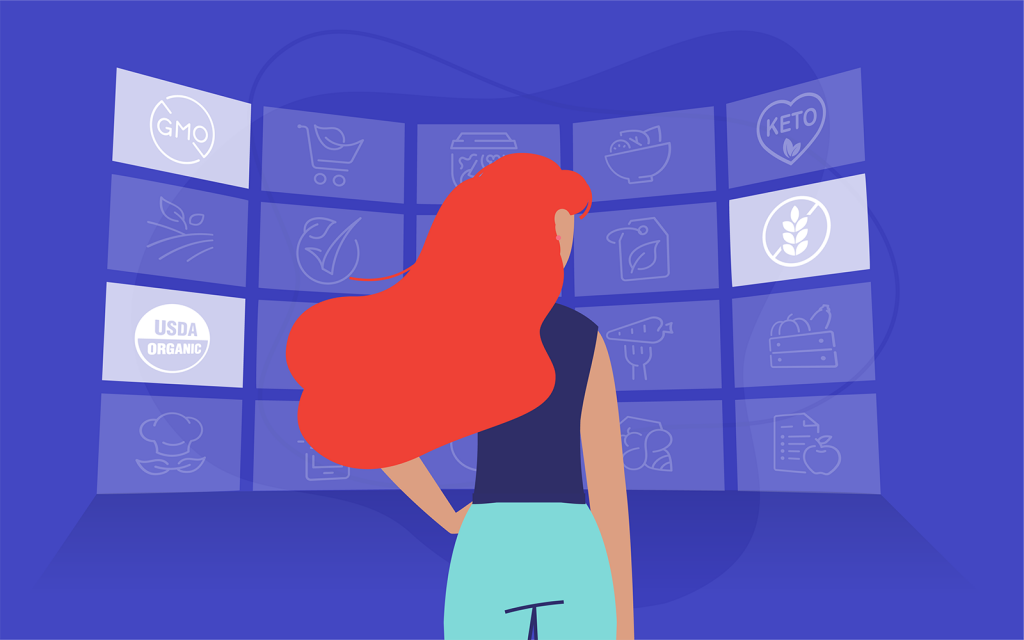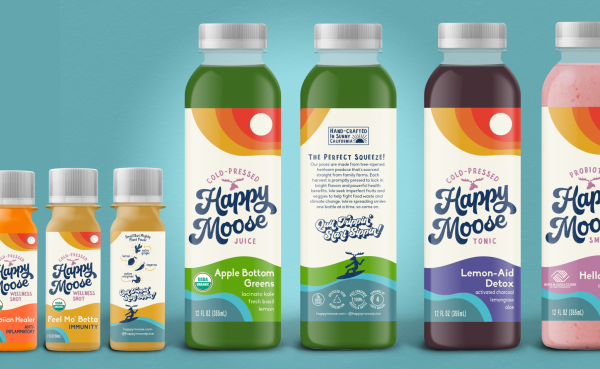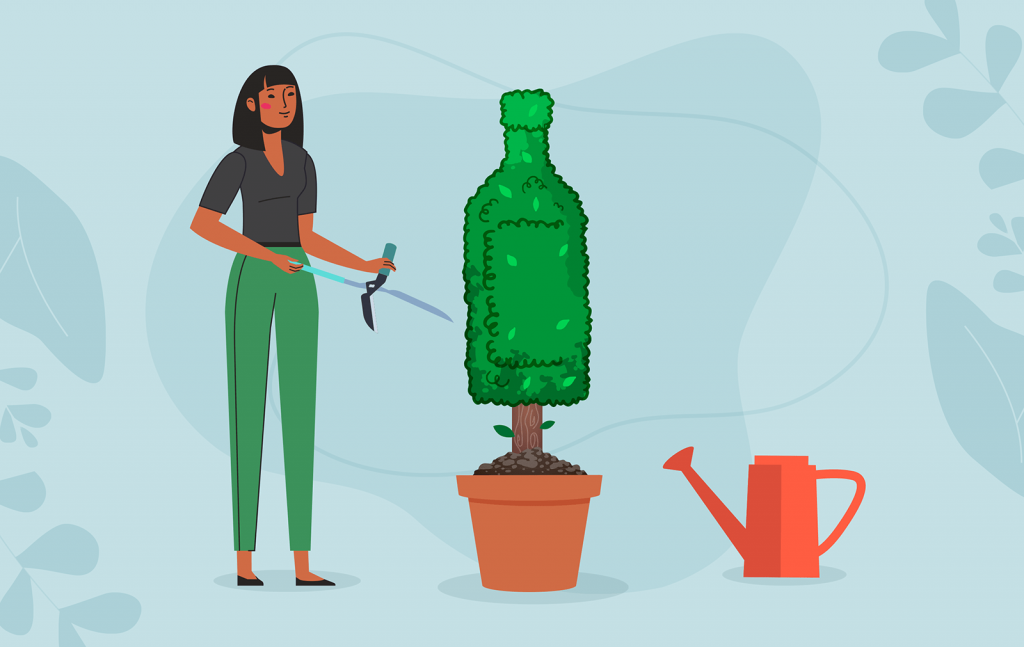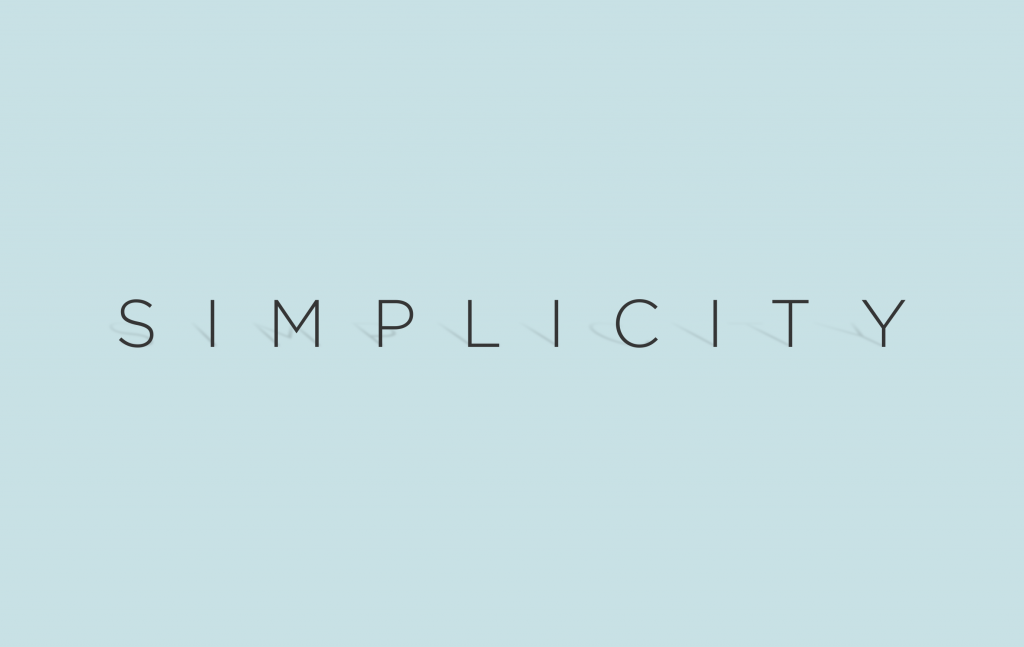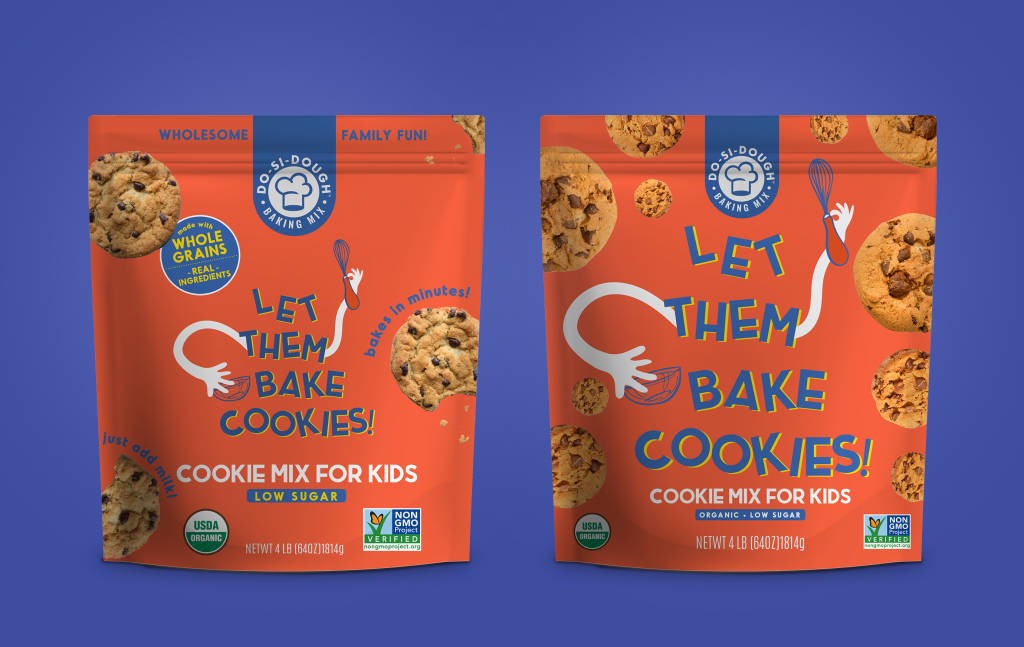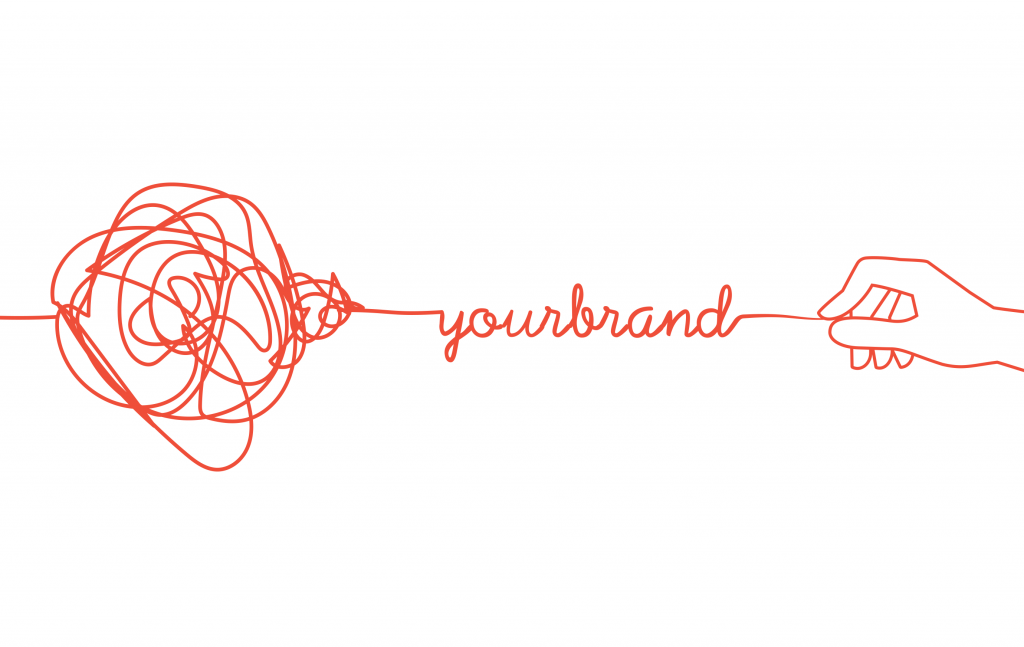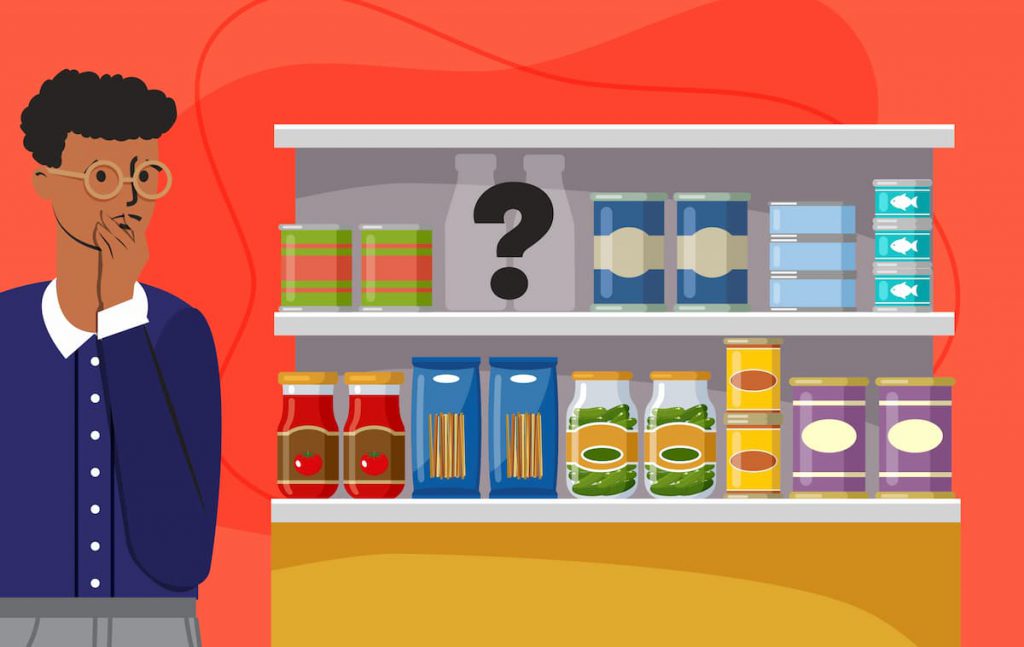
Don’t Claim Your Product is ‘Better’ — Do This Instead
May 26, 2021
Imagine your CPG brand is putting out a new product and it’s your job to come up with a way to communicate its claims so it stands out and attracts shoppers. As you’re ideating positioning strategies, would you rather promote a new product that’s better than the competition or different from the competition?
Most people’s gut instinct is to say better. Meaning, they’d rather create strategies for products that are better, not different. After all, who doesn’t want to be better? But here’s the problem: It’s nearly impossible to demonstrate product superiority to consumers.
Put simply, being better isn’t enough.
We’ll show you how top CPG brands have made a lasting impact in their categories by asserting difference and uniqueness — not outright superiority. And how, at the end of the day, a different product is a better product.
Why Product Superiority Claims Fail
There’s a lot that can go wrong if you focus on superiority instead of difference. Consider the following:
Better Is Incremental
Even products that are genuinely better than others are only better by a little bit. For example, how much better can one boxed mac and cheese really be from another?
What’s more, consumers aren’t generally taste testing multiple brands of mac and cheese at the same time. So again, even if your mac and cheese is better, that’s lost on consumers without a side-by-side comparison.
Better Is Subjective
Let’s take our mac and cheese example a step further.
For fun, some friends do a boxed mac and cheese showdown. They really are going to experience your product and the competition’s simultaneously.
But here’s the thing: Those friends will have varying opinions on which is the better mac and cheese. One might like the white cheddar kind while another prefers Oompa Loompa orange. Why? Because betterness is 100% subjective.
You might think our mac and cheese example is trite. But opinions run rampant these days thanks to our digital environment. Social media fights have emerged in brands’ comment sections for less serious offenses than mac and cheese preference.
Going with a ‘better’ claim leaves you vulnerable to backlash from consumers who flatly disagree. And you can’t really defend yourself since, again, better is opinion-based.
Better Is Difficult to Defend
Internet trolls aren’t the only ones who will demand evidence of your product’s superiority.
Imagine your team put together an ad campaign focused on your ‘better’ claim. The people who are considering running your ad (say TV network or magazine execs) will want to cover their butts by assuring your ad isn’t false advertising — asserting superiority without merit.
How will you prove to those execs that your product really is better? Do you honestly have that kind of evidence?
Better Has No Staying Power
If you center a ‘better’ claim, you’ll probably find yourself in a game of one-upmanship with your competitors, constantly fighting as they improve their product to match yours.
On the other hand, if you innovate a true difference in your category, you’ll make a lasting category-wide splash. Why? Because even if competitors attempt to emulate your unique claim, your brand will live on as the first to be different in consumers’ minds. And that kind of loyalty and brand association is priceless.
Just think about classically different brands in other industries, like Apple and Volkswagen. It’s not that others haven’t created comparable software and cars — they have — it’s that those brands were first to be different in their respective spaces and consumers have not forgotten. It’s become part of their legacy.
The Power of Selling Product Difference
Hopefully you realize it’s not enough to claim your product is better. Better is subjective and open for debate. Instead, you have to point out how your product is different.
How does this work in real life?
If your R&D guy comes to you saying he’s thought up a genius, better product for you to position in the market, you ask things like, “Why is it better?” And when you start in on that line of questioning, you land on differentiators. The new product is better because it’s fresher, or its ingredients are sourced naturally, or it’s packaged uniquely. It’s these differentiators that you take to market and advertise, not its obscure betterness.
No one wants to be told a product’s better. They want to be shown. Highlighting difference provides evidence to consumers that your product is actually better. And, importantly, consumers decide it’s better without you shoving it in their faces.
Let’s sum it up. You work your tail off to position and market your product’s differentiators. With any luck, your product becomes better in consumers’ minds because of the differences you’ve stated.
Hence why, ultimately, different is better.
CPG Brands Doing Difference Right
We just got done telling you how important it is to showcase your differentiators. How about we take our own advice and show you some brands doing this ‘different not better’ thing right?
Tropicana’s Freshness Differentiator
The orange juice company famously flunked a packaging makeover, but there’s much to be celebrated about Tropicana, too. They were the first notable juice company to ship fresh, never frozen product from Florida to the rest of the states.
Importantly, Tropicana doesn’t market to consumers that their product is better outright. Instead, they zero in on difference — fresh-squeezed, not from concentrate, 100% juice, and so on. It doesn’t take an astute shopper to make the leap from fresh to better. Still, Tropicana smartly leans on their differentiators to show consumers that they’re better, not tell them. Then, consumers can (and have, judging by the brand’s success) make up their own minds.
Even though other brands have caught onto their “not from concentrate” ways, Tropicana will always be top of mind when consumers think of fresh-squeezed juice. They were the originals.
SC Johnson’s Edge Shave Cream Differentiator
SC Johnson revolutionized shave cream. Before SC Johnson’s Edge hit the market, shave cream was a soapy lather reminiscent of a barber shop shave. It softened the hair follicles and made them plumper, therefore easier to cut for a closer shave. But, Edge appeared on the scene with a totally different story. And, a new formulation: gel. They developed the revolutionary gel formula to lubricate the skin and minimize irritation. This point of differentiation allowed them to claim a smoother shave, rather than a closer shave. They rode the difference between closer and smoother all the way to market leadership. This difference became better in the consumer’s mind.
Much like Tropicana, others have caught up with SC Johnson. They’re no longer the only gel shave cream on the shelf. But, again, because they were innovative and first, they changed the way consumer’s relate to shave cream. Today all front line shave preparations are gel formulations and shave foams are relegated to a nostalgic throwback



